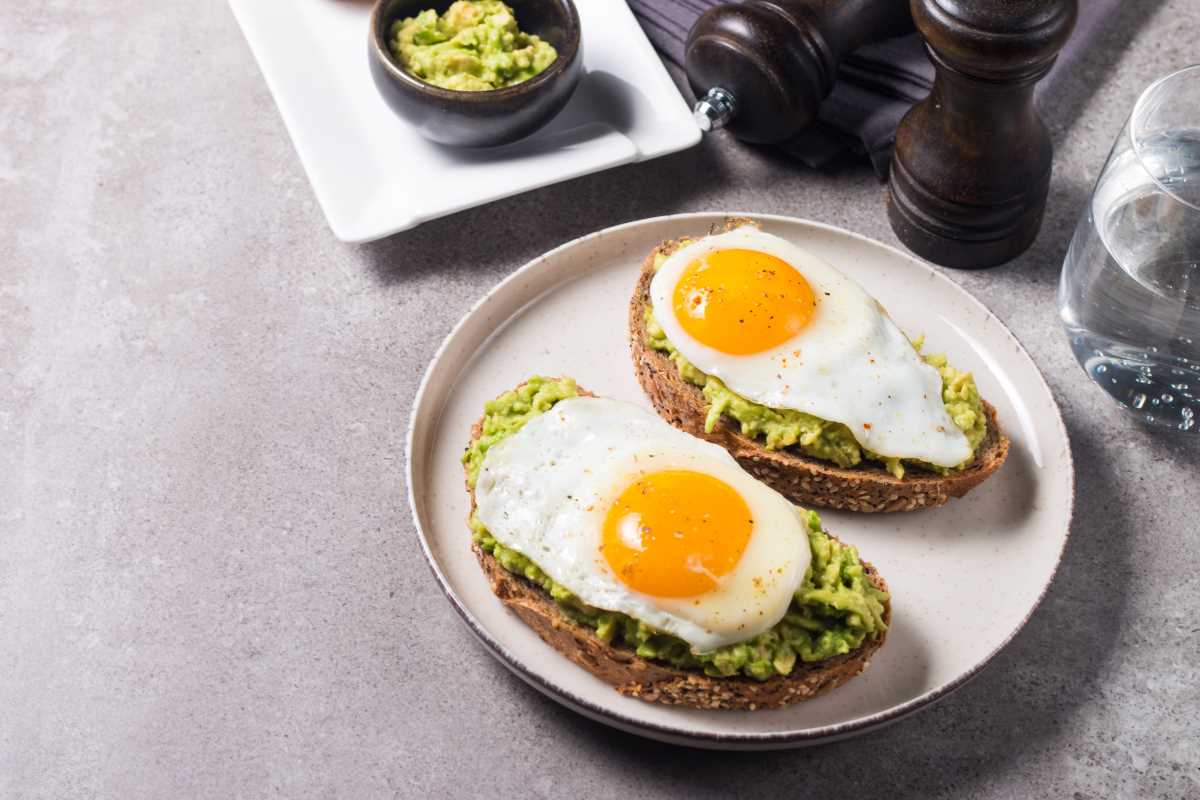Training for a marathon is an amazing challenge—it’s all about pushing your limits, staying consistent, and showing up for yourself every single day. But as you probably already know, preparing for those long miles isn’t just about running. What you eat can make or break your performance.
Here’s the catch, though. Nutritious food can feel expensive, especially if you’re working with a student budget or you’ve just started your first job. Between energy gels, protein-packed meals, and pre-run snacks, it might seem like the cost is piling up faster than your training mileage.
The good news? You don’t need a ton of money to eat like an athlete. With the right strategies, you can meal prep on a budget and fuel your marathon training without busting your wallet. Here's how to do it.
Why Meal Prep Matters for Runners
Before we jump into the nitty-gritty, let's discuss why meal prepping is essential for runners—especially those training for a marathon. Running burns a lot of calories. To stay strong and maintain energy, your body needs the right blend of carbs, protein, fats, and micronutrients.
Meal prepping ensures you're eating balanced meals tailored to your needs. It helps you avoid last-minute fast food runs and reduces food waste. Plus, it saves time—because who has energy to cook after logging 10 miles?
Now that we’ve set the stage, here’s how to make meal preparation affordable and effective.
Step 1: Plan Your Meals Around Cheap, Nutritious Staples
Buying expensive products marketed as “runner-friendly” is not the key to success. Instead, focus on simple, cost-effective whole foods. Here are some staples to keep in your kitchen:
- Carbs for Energy: Brown rice, quinoa, oats, whole-grain pasta, potatoes, and sweet potatoes.
- Protein for Recovery: Eggs, beans, lentils, canned tuna, chicken thighs, and plain Greek yogurt.
- Vegetables for Nutrients: Frozen veggies like spinach, broccoli, and mixed carrots. They’re cheaper than fresh and last much longer.
- Healthy Fats: Peanut butter, olive oil, canned salmon, and seeds or nuts (buy in bulk for savings).
- Snacks on the Go: Bananas, apples, homemade trail mix, or DIY energy bites.
These ingredients provide flexibility—you can mix and match throughout the week without getting bored.
Step 2: Shop Smart
How you shop is just as important as what you buy. Being strategic can stretch your dollar further than you’d think.
- Stick to a Shopping List: Before heading out, plan your meals for the week and write everything down. Impulse buys can wreck your budget!
- Opt for Store Brands: Generic or store-brand items are often just as nutritious as name-brand versions but significantly cheaper.
- Buy in Bulk: Items like rice, oats, pasta, and dried lentils are often more affordable when purchased in bulk.
- Shop Around: Check local farmers’ markets or discount grocery stores for deals on fresh produce. Buying seasonal vegetables is also budget-friendly.
- Look for Discounts: Keep an eye out for coupons, clearance sections, or sales, especially on perishable items like chicken. Freeze what you won’t use immediately.
- Avoid Pre-Packaged Foods: Pre-cut veggies or individual snack packs are convenient but pricey. Prep these at home instead.
Step 3: Build Your Week Around Batch Cooking
Batch cooking is your answer to avoiding kitchen burnout. Instead of making a new dish every day (cue the groans), cook large portions of a few recipes that you can enjoy throughout the week.
For example, roast a full tray of sweet potatoes and bake some chicken breasts at the same time. While that’s in the oven, boil rice and steam frozen veggies. Boom—three meals prepped at once with minimal effort.
Here are some budget-friendly meal ideas for runners that are perfect for batch prep:
- Rice Bowls: Brown rice + roasted chicken/thighs + frozen veggies + a drizzle of peanut sauce or soy sauce.
- Pasta Dishes: Whole-grain pasta + lentils or ground turkey + marinara sauce + spinach (frozen works too). Make enough for lunch for the next few days.
- Breakfast Overnight Oats: Oats + milk (or plant milk) + banana slices + a spoonful of peanut butter. Prep several jars in advance.
- Chili or Stew: Cook a big pot of bean chili or lentil stew using canned beans, diced tomatoes, and spices. Pair it with cornbread for carbs.
- Egg Muffins: Mix eggs, spinach, bell peppers, and shredded cheese, and pour into a muffin pan. Bake, then store in the fridge for grab-and-go breakfasts or snacks.
Step 4: Be Intentional About Protein
Protein is crucial during marathon training to repair muscles and aid recovery, but it can also be one of the costliest parts of your diet. Don’t worry—you don’t need premium cuts of meat or expensive shakes.
Affordable protein sources include eggs, canned beans, tofu, and Greek yogurt (buy the big tubs instead of individual cups). Stretch your meat budget further by using options like ground turkey or chicken thighs instead of pricier chicken breasts.
Pro tip: If you still want a protein shake post-run, skip the fancy brands and go for affordable yet reputable options like whey protein from a bulk supplier. Mix it with your own ingredients like banana or peanut butter for added nutrition.
Step 5: Prep Snacks and Hydration
Marathon training means you’ll constantly be looking for snacks. But buying energy bars or gels every week can add up fast. Instead, make your own snacks!
DIY Snack Ideas for Runners:
- Energy Bites: Combine oats, peanut butter, honey, and chocolate chips. Roll into bite-sized balls. Perfect for post-run.
- Homemade Trail Mix: Mix nuts, dried fruit, and pretzels—cheaper and customizable.
- Popcorn: Air-popped and lightly seasoned, it’s a crunchy, low-cost snack.
Hydration is equally important, so skip the pricey electrolyte brands and make your own sports drink. Mix water, a pinch of sea salt, and a splash of 100% fruit juice for electrolytes and carbs.
Step 6: Get Creative with Leftovers
Waste not, want not! Turn your leftovers into new meals to avoid getting bored with the same thing every day. Use that roasted chicken to make wraps or sandwiches. Add leftover veggies to scrambled eggs. Toss extra rice into a stir-fry with soy sauce.
If you’ve got odds and ends that don’t seem like they go together, try throwing everything into a frittata, soup, or burrito bowl. These “kitchen sink” meals are lifesavers.
Step 7: Keep Things Fun and Flexible
Here’s the thing—meal prepping on a budget doesn’t need to feel restrictive or boring. Give yourself permission to switch things up and enjoy an occasional treat.
If you’re craving takeout, recreate your favorites at home. Want dessert? Make chocolate-dipped bananas or avocado brownies. By allowing yourself small indulgences, you’ll stay on track for the long haul.
Running a marathon is less about buying fancy gear or food and more about consistency and determination. The same goes for eating well on a budget. By prepping meals in advance, shopping smart, and focusing on affordable staples, you’ll keep your body fueled for those long training runs.
 (Image via
(Image via





